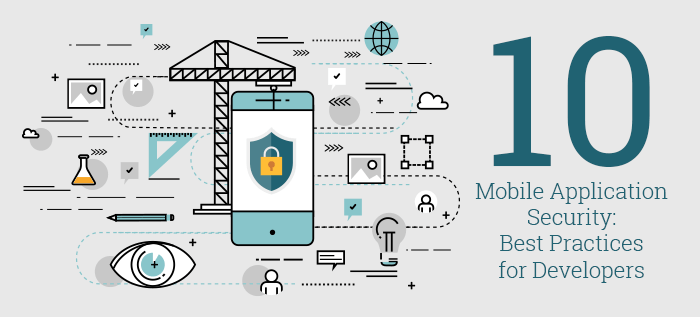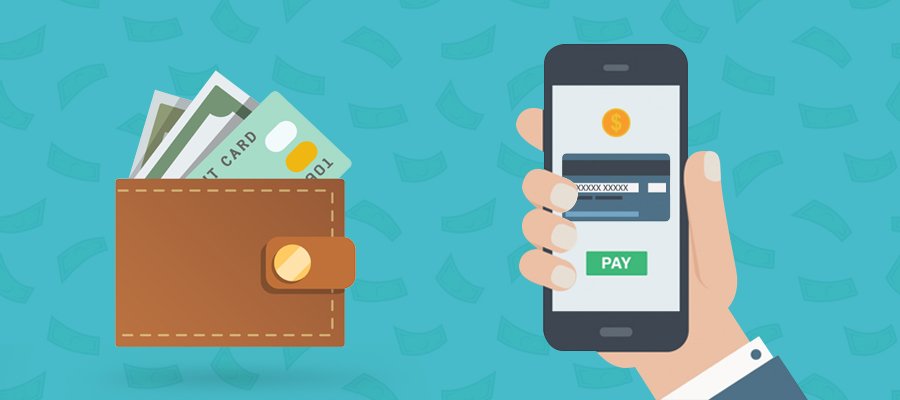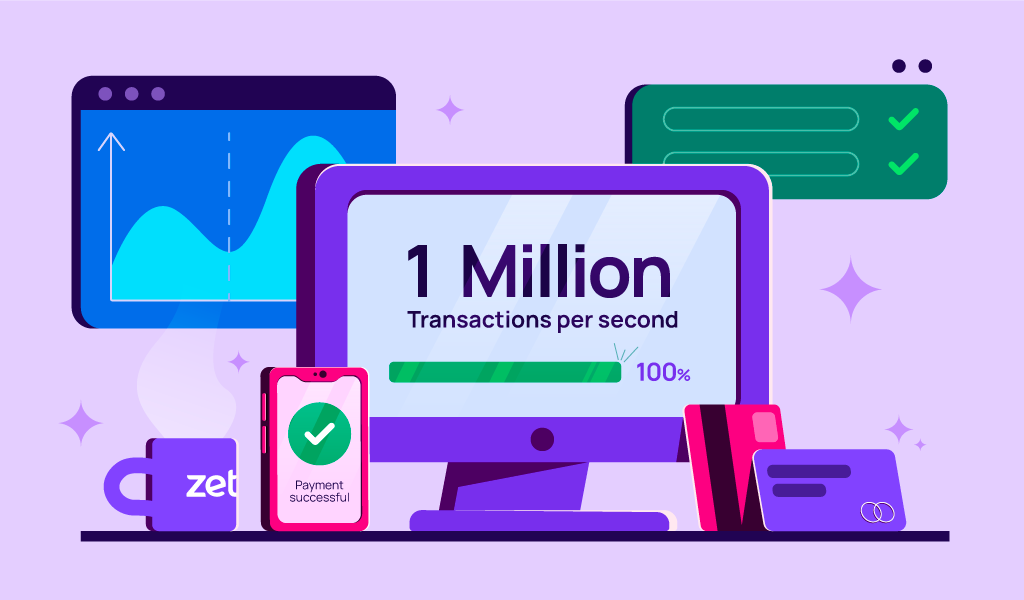Have you ever been asked by a waiter at a restaurant for your card PIN? Has he ever written it down on a piece of paper? Have you ever noticed a CCTV camera watching you enter the PIN at a shop? Have you ever used an app to buy something, and got redirected to your bank’s web page to enter the PIN? Have you ever given permission to an app to read all your SMS messages, some of which may contain payment OTPs?
By now, you might have guessed that your PIN and OTPs are easily compromised.
The many technological advancements since the time card based payment systems were introduced have made the systems defenseless. Fundamentally, card based systems require every machine and all intermediaries involved in the transaction to be secure. There are way too many of those machines and intermediaries across the world to ascertain security of them. Many people who use those machines, like merchants, have little idea about their role in securing the entire system. Any breach at any one machine can cause unrecoverable damage to several users. The card details once captured can be reused several times for many transactions.
To overcome some of the limitations of the payment cards, a PIN is mandated for every transaction. A 4 digit PIN offers protection against many trivial threats. But given the reusable nature of the PIN and also the poor choice of PIN made by users, it is not a strong enough defense.
It is hard for the user to know if the card machine at a retail store or the ATM on which she is entering the PIN is tampered with. Banks providing these machines can’t practically keep a watch, as several machines are deployed in unmonitored physical environments.
In case of personal devices like phones, users will have far better visibility and control on tampering. However, most of these devices and the software that’s running on them are also vulnerable to a range of threats. Android users can easily notice that many programs can read the SMS messages on their phone. These programs can also export the OTPs in messages to a fraudster’s machine without user’s knowledge. Also, almost all mobile apps that accept card and netbanking payments can read and store the passwords, OTPs and PINs entered by the user. It may appear to the user that she is entering the PIN on the bank’s payment page. It is nearly impossible for the user to know if her password or PIN is captured and stored by the app.
It is not easy to trace the fraud back to the fraudulent app or merchant. The information captured by one app can be used by anyone from anywhere in the world. If one ATM is compromised, the cards used on that machine can be replicated and used on any other ATM. These vulnerabilities are just the low hanging targets for a fraudster.
To overcome vulnerabilities in operating systems, applications, hardware components and to defend against powerful machines and programs that can exploit the minutest of the vulnerabilities, it is essential to make security a foundational aspect of the system. The payment system providers should be fanatic about security.
Secure Foundation for a Modern Payment System
When we started work on Zeta in April 2015, we had the opportunity to consider a great expanse of devices and applications the modern connected world is currently using and is likely to use. We studied the state of the art secure protocols, services and algorithms and designed several core components of our payment system quite differently from that of legacy bank or card systems. We spent the first 3 months of our time in arriving at a secure architecture at the core. We used asymmetric encryption and signature algorithms to defend our systems against large scale fraud.
We arrived at the following ground rules to secure transactions against many of today’s threats:
- 3rd party devices: System should not rely on any non-personal devices of the user for transaction security. The card reading machines, POS machines, ATMs or any other machines that don’t belong to either the transacting user or zeta should be assumed as vulnerable.
- User provided data: Users are prone to use easily retrievable personal data for passwords, pins or for such other key material. System should not solely rely on such information to secure transactions.
- Data Persistence and Transmission: Every transaction must require information that is never persisted on any device involved in the transaction. Information transmitted for a transaction should not be reusable to do any other transaction.
- Visible Information: If information is visible to user, we assume that it can be shared or can be stolen through techniques like social engineering. No data the user may be able to share during the course of a transaction or otherwise should be sufficient to do a new transaction.
- Data Location: No amount of data at rest on any one machine, or if possible in any one location (data center), should be sufficient to complete a transaction
- Hardware Security Modules: Always use hardware security modules to secure the key material. On users’ devices that don’t support access to secure elements, use encrypted stores for key material.
- Channel Sensitivity: System should strive to use the highest entropy algorithms and keys suitable for each transaction channel.
These rules guide the protocols and algorithms we use on Zeta. They influence many user interactions on our mobile and web applications as well.
Securing Card Payments
We provide Super Cards to many of our users. These are traditional plastic cards with magnetic stripe, provided to make payments to millions of card accepting merchants. This is our approach to make Zeta backward compatible with the present day payment systems. However, we didn’t want to limit ourselves to the insecure practices widely prevalent across industry. Using the ground rules discussed, we have adopted a different security model for Super Card transactions.
In-Store Payments

Dynamic OTP on the phone can be used as PIN
When a user transacts using his Super Card at a retail store, instead of a 4 digit static PIN, she can use the dynamically generated Zeta Code as her PIN. Using the Zeta Code ensures that even if the card reading machine or any of the intermediaries are compromised, no fraudulent party can make use of the PIN for another transaction.
Online Payments


User need not enter OTP for online payments
When a user starts a payment on an ecommerce website, she will be greeted by our custom SecureCode* page. Parallely, she is prompted with a dialog on her phone with an option to ‘swipe to pay’. If the user wants to confirm the payment, she swipes the slider on the screen and enters her PIN through a custom secure keyboard provided on the phone. The payment page on the browser proceeds to the merchant website with payment success. The user wouldn’t have entered any input on the SecureCode page in the browser. As the user need not read and enter the input, we can now use significantly more secure algorithms like digital signatures to represent authorisation for the payment. This approach also offers a better user experience and quicker payment completion.
If the user is offline on her phone when she is on our SecureCode page, she can generate a Zeta Code on her phone and enter that on the SecureCode page. Each such 9 digit Zeta Code is valid only for 2 minutes. This eliminates the need for static passwords, PINs and SMS messages and thus their vulnerabilities.
Security in Mobile App Interactions
We believe relying on user’s personal device is better for security than relying on any 3rd-party device. However, it is important to defend the information on the device not only against the possible loopholes of the hardware and the software, but also from the user’s ignorance. Failing to do so could allow for exploits in the form of malware and social engineering.
Therefore, when defining the security model of Zeta apps we assumed that on users’ phones:
- Keyboards are compromised
- SMSes are compromised
- Data at rest is vulnerable
(Even though stored in application specific stored provided by OS)
- Text labels on the screen are compromised
We built a model that can maintain security and integrity of the transaction against such compromised components. A specific example is the Zeta code that is generated on phone to make a payment.


- To generate a Zeta code, user has to press and hold on an area on the screen until a ring is fully drawn.
- When the device is online, the code is generated against a digitally signed request from the user. We use ECDSA to achieve reliable encryption strength.
- The private keys used for signing the code generation request are encrypted and stored on disk. On phones that don’t have a secure element backed user authentication mechanism, the encryption key is derived from user’s PIN. On phones that have a secure element on, the keys are generated using high entropy sources available on phone and are stored in a secure element backed storage+.
- When we ask for PIN, we take user input through a custom keyboard that obfuscates every key press. The labels of the on-screen keyboard do not represent the actual data captured on each key press. Thus, the PIN of the user is virtually never captured in the form user remembers or reproduces it. Also, the derived input from those key presses never leaves the phone.
- Once the code is fetched from the server, although the code appears like text, it is rendered on screen as an image. No malware or screen reader in the device will be able to trivially parse the text on the screen.
Summing up the Card Payment Security
We must acknowledge that the card based payments can be made significantly more secure than how they currently are. MasterCard, Visa and Rupay have provisions for better security, but many of the prevailing implementations do not make good use of these provisions. We hope all of the industry players will adopt more secure options in the wake of the recently observed 3.2 million debit card compromise.
Although the recent breach is related to in-store and ATM transactions, we also hope that it serves as a wake-up call to reconsider some of the insecure practices related to online card payments as well.
We must constantly strive to earn the confidence that our users place in us. In the payment industry, it is extremely hard to win back a user’s trust after it is lost. We at Zeta will be happy to help everyone in the industry in this endless and rewarding journey of building and running secure payment systems.
* SecureCode is a trademark of MasterCard.
+ Our Android/Windows apps currently do not recognise secure element. The data is protected using keys derived from user’s PIN.











 Tracking Score
Tracking Score



